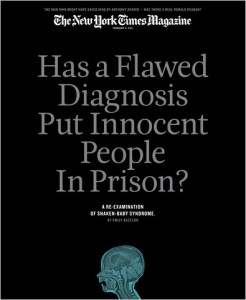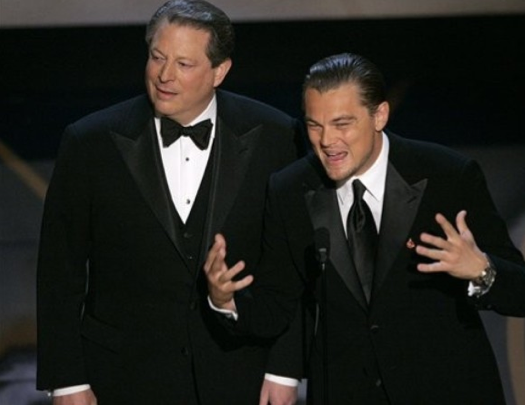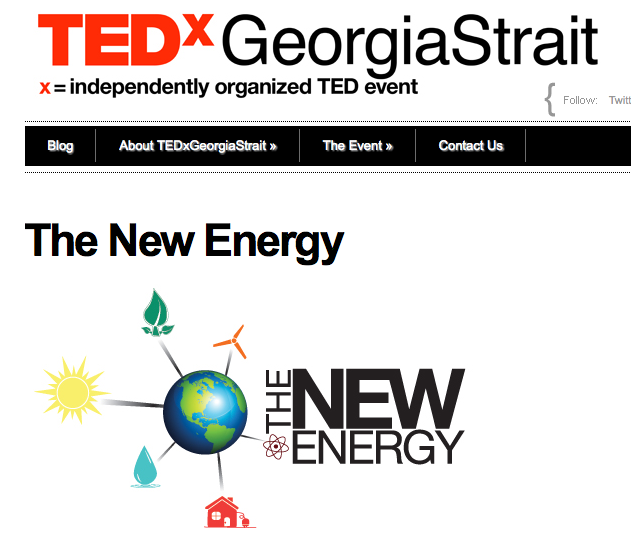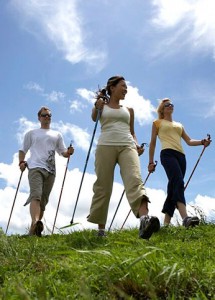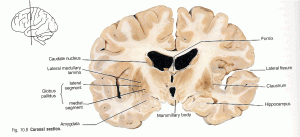
Keeping infants safe is important.

But is shaking as harmful as it is made out to be?
When infants arrive in emergency with spinal injuries and bleeding in the brain, doctors are often quick to point the finger at the caregiver. Recently more and more evidence supports mechanisms other than shaken baby syndrome as the cause of such injuries in infants.
The cover story of The New York Times Magazine from Feb 2 2011 explores the issue and the implications for people who have been charged under these circumstances.
When caregivers are on trial for child abuse, lawyers use doctors to testify how the injuries of the child were inflicted. More and more doctors are testifying for the defense and in turn exposing the prosecution doctors to the validity of these alternative explanations (such as infant stroke caused by and infection).
This article is not discounting shaken baby syndrome as a real problem, but claims that some people have been wrongly accused because the diagnosis was made too hastily.
Some important issues are brought up regarding the use of science in the courtroom.
First of all doctors can be paid for their testimony. I think the outcome should not be reflective of the doctor the accused can afford. When monetary value is placed on the information presented in the courtroom the facts given to the jury can be skewed. Even worse the picture of scientific knowledge presented is not limited to the courtroom; news and media coverage of high profile cases will pass biased scientific information on to the rest of the world.
A particularly relevant point is that jurors may have difficulty understanding the science presented to them, and this can hinder their ability to properly decide on a verdict. What we learn in Scie 300 can have significant impacts on how effectively science is used in the courtroom.
This issue also points out a flaw in the scientific method; conventionally scientists come up with hypotheses which then raise new questions to be tested. Unfortunately when dealing with the law, a hypothesis that is rejected years after it was formulated can have a major impact on those who were wrongfully accused according to the knowledge at the time. Here we have a tradeoff between putting innocent people away and letting a child abuser continue putting children in harms way.
The bottom line still is: never shake a baby.



